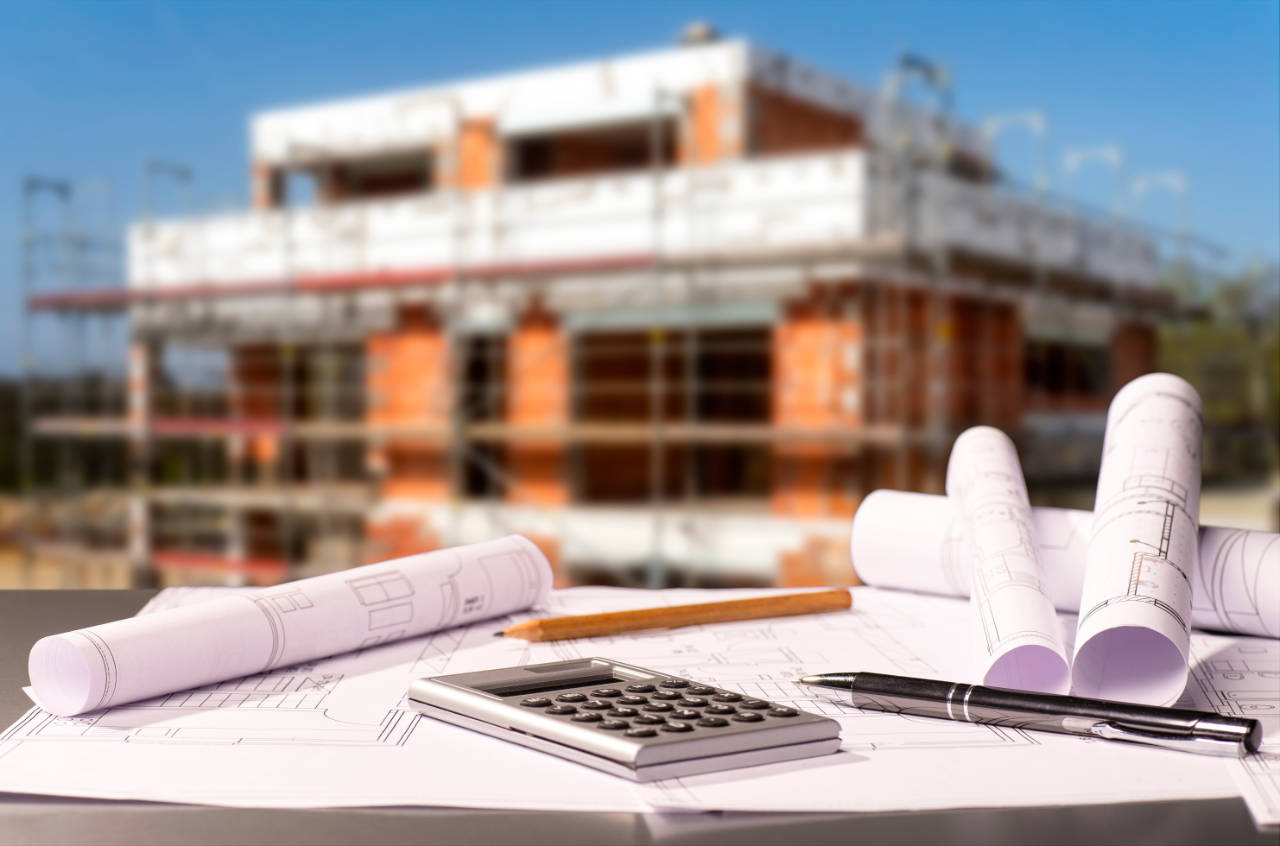
Complying with the CDM regulations helps to protect employees’ safety during construction projects.
The regulations apply to all types and sizes of construction project, and it is every employer’s moral and legal duty to follow them. There were 45 fatal injuries to employees in the construction industry in 2022/23 which is 29 more than the year before. The most common causes were falling from height and being struck by a moving vehicle or object.
Here we guide you through the regulations to help you know what to do.
What does CDM stand for?
CDM stands for Construction, Design and Management. It is a shortened term for the Construction (Design and Management) Regulations 2015.
The CDM regulations first came into UK law in 1994, and the 2015 version is the most recent. The regulations place emphasis on the aspects of running a construction project that make the greatest difference to improving health and safety. Most of those who are involved in a construction project have responsibilities to meet under the regulations.
When do CDM regulations apply?
The regulations apply to construction, design, or management projects of all sizes. This means that they apply to projects such as:
- Constructing new-build properties
- Demolition of buildings and premises
- Maintenance work
- Domestic projects in someone’s home.
You should notify the HSE if a construction project intends to last longer than 500 person-days or 30 working days (with 20 or more people working simultaneously).
Failing to follow CDM regulations when projects are underway may place clients, employees, and others at risk. If a duty holder is found to be in breach of CDM legislation they may face legal action which results in a fine or criminal prosecution. For serious breaches of the regulations, including a fatality, a custodial sentence may be imposed.
Key stages of the CDM regulations
CDM regulations outline two main stages in a construction project and documents must be provided for each:
- Pre-construction
- Construction
Pre-construction
This phase refers to activities or preparatory work that takes place before any construction work begins. This can relate to work such as:
- The hours and dates that work should be undertaken.
- Assessing health and safety hazards, such as the potential for falls from a height or the risk of exposure to asbestos-containing materials.
- Ensuring clients and duty holders understand their responsibilities in the construction phase.
The pre-construction phase provides time to prepare for the construction phase and ensure that correct health and safety measures are in place and regulations understood, recorded and communicated as they relate to the project.
Construction
The construction phase is where work on a construction project occurs. This begins when work is first undertaken and lasts until the final stages of construction work are completed.
Even when the construction phase is underway, health and safety measures should be reviewed and updated.
This stage is where the principal contractor (if applicable) will bear most of the responsibility for the construction project. Their duties include seeing that all the plans and measures prepared in the pre-construction phase are put into action and that risks to health and safety are controlled.
Post-construction
There is nothing specifically mentioned about the post-construction phase in the CDM regulations. However, this phase can act as a review of the construction phase. Changes may be required, new risks may be identified, and the health and safety measures in place will need to be noted in any review.
The CDM regulations 2015 state: “At the end of the project, the principal designer, or where there is no principal designer, the principal contractor, must pass the health and safety file to the client.” This emphasises the importance of transferring relevant health and safety information to the client for ongoing maintenance and future reference.
Health and safety file
The health and safety file is a requirement under the regulations. It is a crucial document that provides the following essential information for future construction projects. It may include:
- Project information. This section includes details about the project, such as the name, address, and description of the construction work. It should also include the names and addresses of the client, principal designer, principal contractor, and other key parties involved in the project.
- Residual hazards. Information about hazards that have not been eliminated before or during construction and how to address them.
- Information about the structure and form of the building (for example, where amenities are located and what the safe working loads are in different areas).
- Design information. Details about the design of the structure or project, including drawings, specifications, and any design-related health and safety information.
- As-built information. Records of any changes made during construction, including as-built drawings, specifications, and any variations to the original design.
- Manuals and documentation. Manuals and documentation related to the operation, maintenance, and servicing of the completed structure or project. This includes details about equipment, systems, and materials used.
- Certificates and test reports. Copies of certificates, test reports, and other relevant documentation related to the safety and compliance of the construction work.
- Notices and inspections. Records of any statutory notices and inspections related to the construction project, including any enforcement action taken.
- Health and safety information. Any health and safety information that is relevant to the safe use and maintenance of the completed structure or project.
- Contact information. Contact details for key parties responsible for the ongoing maintenance and safety of the structure.
Key roles under CDM regulations
There are three key roles under the CDM regulations. These are:
CDM client
This is the person, group or organisation that has authorised the construction work to be carried out. Although CDM clients may not be directly involved in the construction themselves, they still have a say over how the work is carried out. Their duties include:
- Ensuring construction work can go ahead safely.
- Giving the pre-construction information to the right people.
- Allocating appropriate time and resources to the construction project.
CDM designer
A CDM designer is a person or organisation responsible for either preparing or modifying design plans for construction projects. They may also instruct others to carry out these tasks. CDM designers involve themselves in the technical work of a project and ensure:
- Other individuals are aware of their CDM legal responsibilities.
- They take steps to reduce any health and safety risks.
- They plan their design work on information and data gathered in the pre-construction phase.
CDM contractor
A CDM contractor can be a freelancer, contractor or an organisation that undertakes or oversees construction work. The duties of CDM contractors do not vary, and apply even when construction project employees are volunteers, contracted, permanent or self-employed.
If a construction project has more than one contractor, a CDM client should appoint a principal designer and a principal contractor.
Principal designers can be in charge of the pre-construction phase and principal contractors during the construction phase. Alternatively, the CDM client can fulfil these duties themselves if they decide not to appoint a person or organisation to these roles.
Additional legislation
Alongside the CDM regulations 2015, other UK legislation that may apply to construction projects:
- Health and Safety at Work Act 1974
- Control of Substances Hazardous to Health Regulations 2002
- Health and Safety (Consultation with Employees) Regulations 1996
- Lifting Operations and Lifting Equipment Regulations 1998
- Management of Health and Safety at Work Regulations 1999
- Provision and Use of Work Equipment Regulations 1998
- Work at Height Regulations 2005
Praxis42 CDM training
Created by our health and safety consultants, the CDM Awareness training course helps you understand the CDM regulations in detail.
Our expert training covers critical elements of the CDM regulations, how to put together a pre-construction plan and duty holders’ legal responsibilities.






